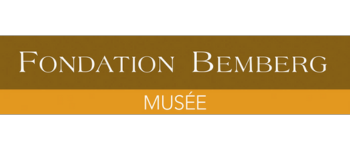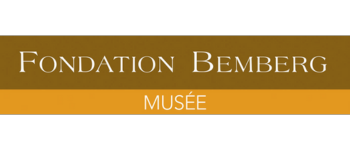Our references








We intervene at the request of Museums and Foundations during restoration campaigns for art objects and in the context of research work.
For requests related to the study of industrial paints: please visit our dedicated page.
We operate in France and across Europe
48-hour turnaround available upon request and depending on context
We regularly intervene at the request of Museum Curators and Heritage Conservators-restorers to study the materials chemically and physically in order to better guide restoration protocols.
OSE Art specializes in non-destructive on-site studies and microanalysis, and we provide case-by-case studies for complex conservation-restoration projects.
From the identification of varnishes, the study of alloys and corrosion, to verifying the presence or absence of paint layers.
We are also specialized in the analysis of contemporary materials, particularly in the case of ancient restorations (glues, epoxy, pigments, binders, polymers, plastics, etc.).
While scientific observation reveals technical realities, physico-chemical analyses aim to understand and make the material itself speak.
The origins of the causes of altered areas are studied to evaluate the conservation and restoration protocols of the artwork.
At OSE Art, various analytical methods are implemented to address your needs according to your issues.
Optical Microscopy for the study of paint layers, traces, and areas of interest.
Metallographic Microscopy: for studying alloys and their condition (corrosion, etc.).
X-ray Fluorescence (XRF): for studying alloys, pigments, minerals, stones...
Scanning Electron Microscopy coupled with Energy Dispersive X-ray Analysis (SEM-EDX): for studying stratigraphic layers or alloys.
X-ray Diffraction (XRD): for studying mineral materials.
Raman Spectroscopy: for studying the medium, binder, and organic pigment.
ICP-MS: for the analysis of traces and micro-traces of inorganic elements.
Fourier Transform Infrared Spectroscopy (FTIR): for the study of fibers, dye, pigment, fillers, medium, binder.
Liquid or Pyrolysis-Gas Chromatography coupled with Mass Spectrometry (GC-MS): for studying organic materials, varnish, dye, binder.
Raman Spectrometry for studying contemporary and organic materials.
Determination of the nature of textile and paper fibers by SEM-EDX.







